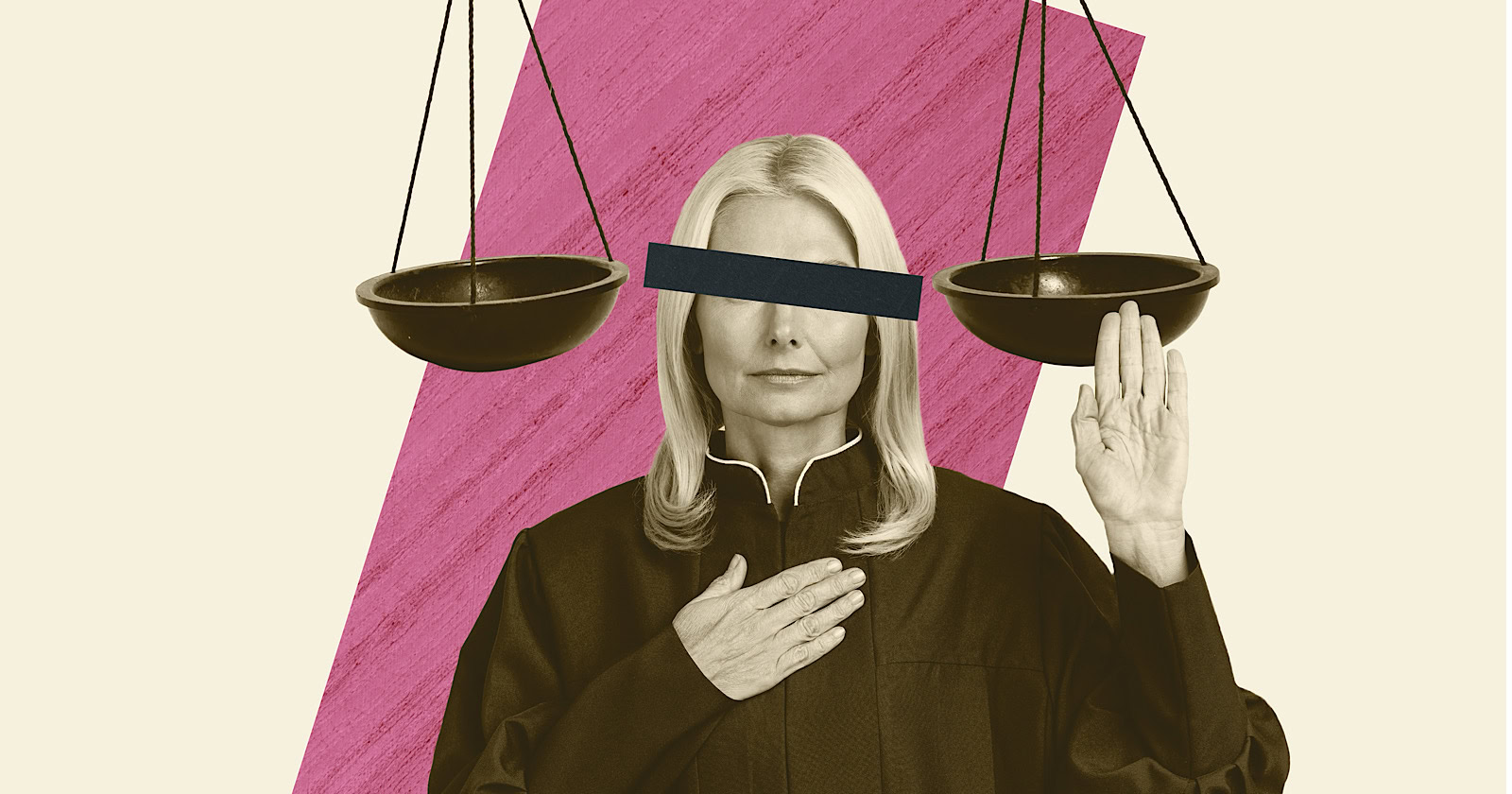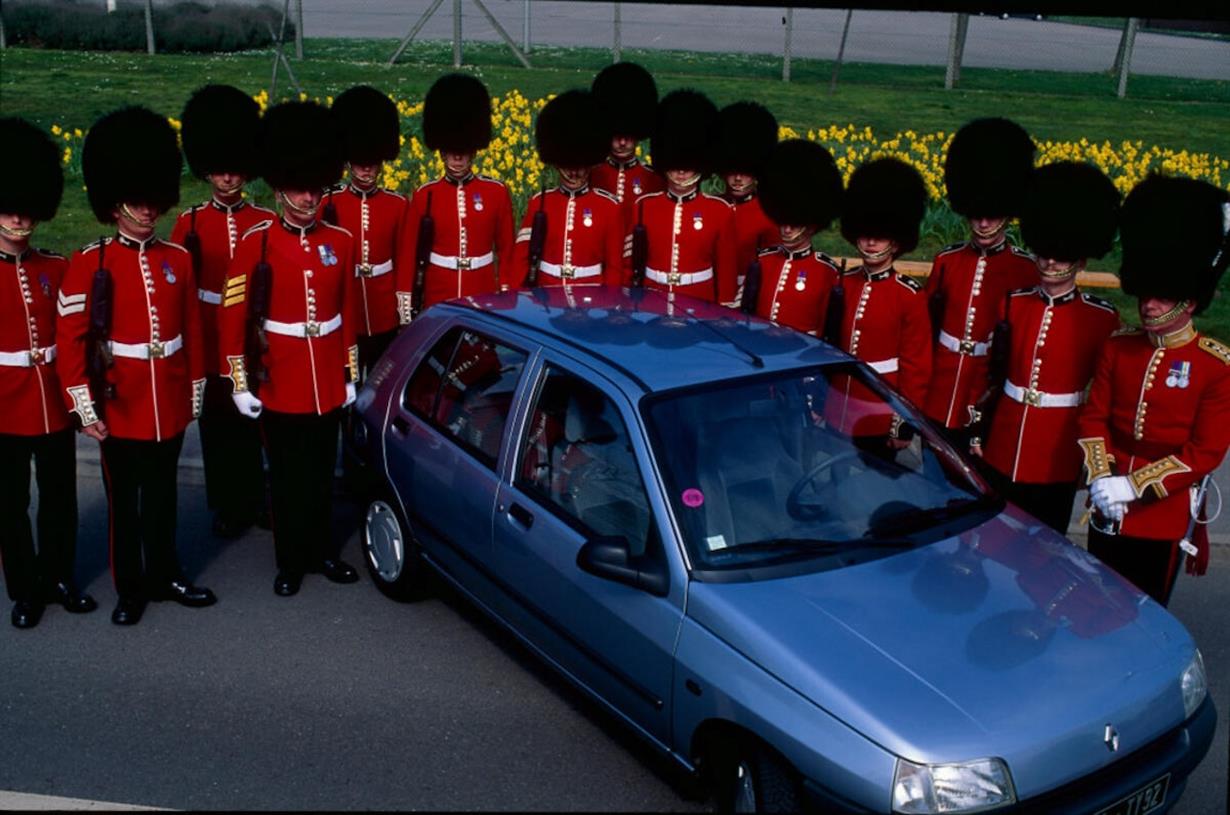Radical Imagination: A Teaching for Juneteenth
The founder of Meditating for Black Lives explains that radical imagining as a community can transform an inequitable system. The post Radical Imagination: A Teaching for Juneteenth appeared first on Tricycle: The Buddhist Review.
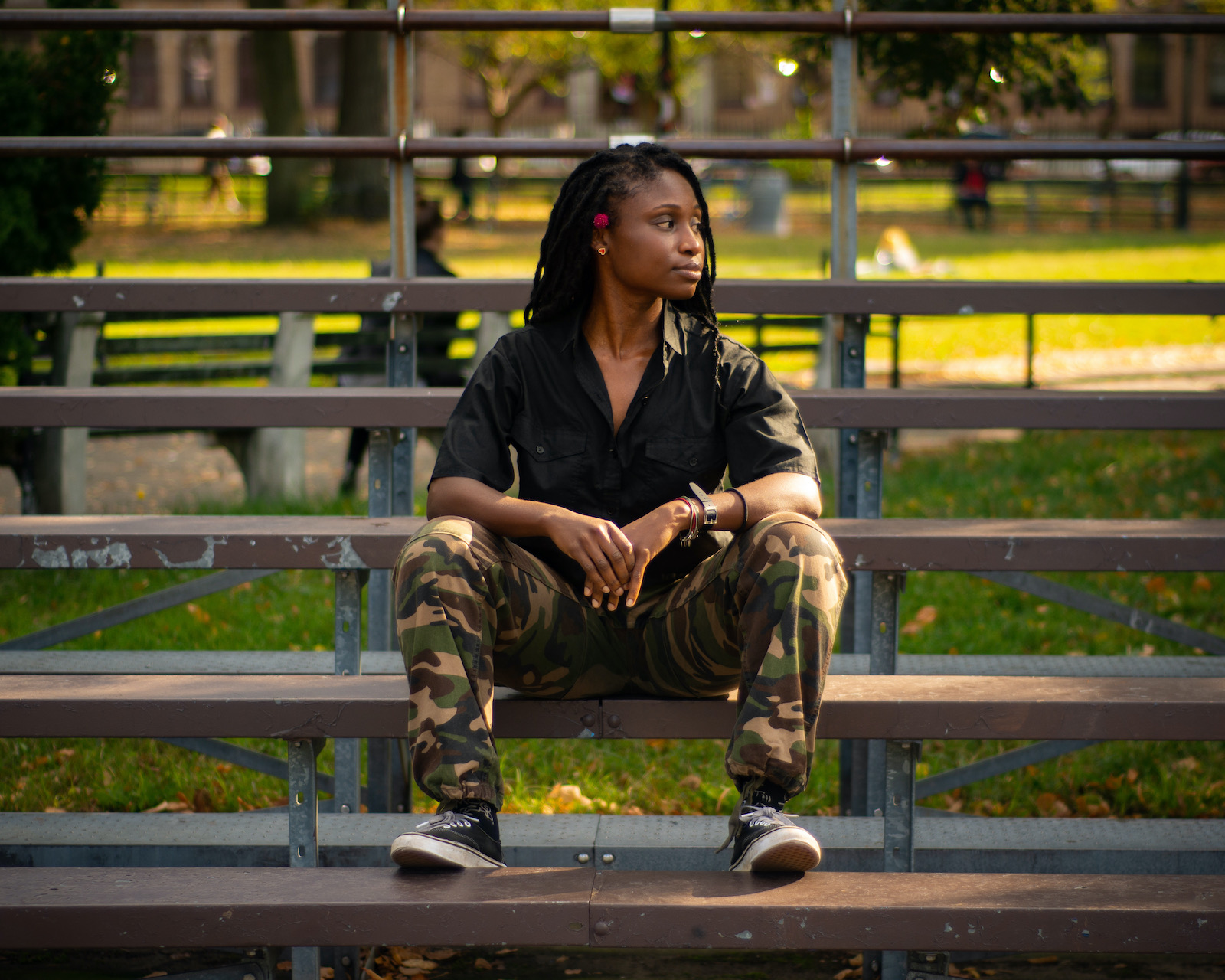
Trike Daily SocietyTeachings
The founder of Meditating for Black Lives explains that radical imagining as a community can transform an inequitable system.
By Brittany MicekJun 19, 2022 Brittany Micek
Brittany Micek Radical imagination is a concept and action. It is our capacity to imagine the world as it might be otherwise. For us to practice this concept, we cannot do it alone. As individuals we cannot daydream and call it an act of radical imagination, no matter how uncommon or atypical the thoughts. Radical imagination is collectively generated, through our shared encounters and exchanges. It is an act of collaborative creation.
It’s analogous to sharing the same dream, but not a dream generated by one person that features various characters. It is more like one big dream that holds space for billions of dreams that each imprint on each other to form the space of that one big dream.
We need to practice the activity of radical imagining as a community to develop the necessary actions that would radically transform an inequitable system. We need to practice this activity of radical imagining, if for no other reason, then to create transformative systems.
For us to dabble in radical imagination, we are going to need transformative learning. All that means is the expansion of consciousness through the transformation of our basic worldview and specific capacities of the self. To engage in transformative learning, we must evaluate the unconscious parts of ourselves and analyze our underlying assumptions.
Transformative learning involves experiencing deep, structural shifts in the premises—of the very beliefs—of our thoughts, feelings, and actions. It is a shift of consciousness that dramatically and irreversibly alters our way of being in the world.
 Photos courtesy of Brittany Micek
Photos courtesy of Brittany MicekSuch a shift involves understanding ourselves and the positions we occupy, our relationships with other humans and with the natural world, our understanding of relations of power in the interconnected structures of class, race, and gender, our body awareness, our views of alternative approaches to living, and our sense of possibilities for social justice, peace, and personal joy.
What does all that have to do with meditation? What is the relationship between the radical imagination and meditation? How can meditation bring about transformative learning, which creates transformative systems?
The breath is insight—it is the very embodiment of self-existing wisdom.
Through consistent meditation practice, we come to realize that, in essence, there exists only the breath. It is the breath of the universe that flows through all. You can think of the breath like one big dream.
Imagine that.
♦
This article was originally published on June 18, 2021.

Get Daily Dharma in your email
Start your day with a fresh perspective

Explore timeless teachings through modern methods.
With Stephen Batchelor, Sharon Salzberg, Andrew Olendzki, and more
![]()
Thank you for subscribing to Tricycle! As a nonprofit, we depend on readers like you to keep Buddhist teachings and practices widely available.
This article is only for Subscribers!
Subscribe now to read this article and get immediate access to everything else.
Already a subscriber? Log in.

 Kass
Kass 







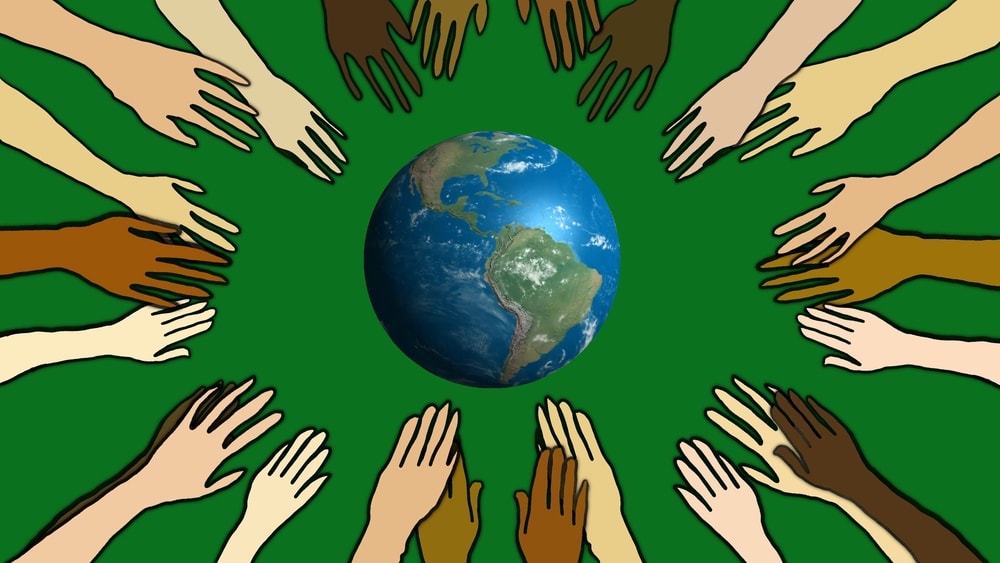

![Trading Journal: 5 Most Efficient Ones Analyzed [2021]](https://www.dumblittleman.com/wp-content/uploads/2021/10/Best-Investment-Newsletter-8.png)

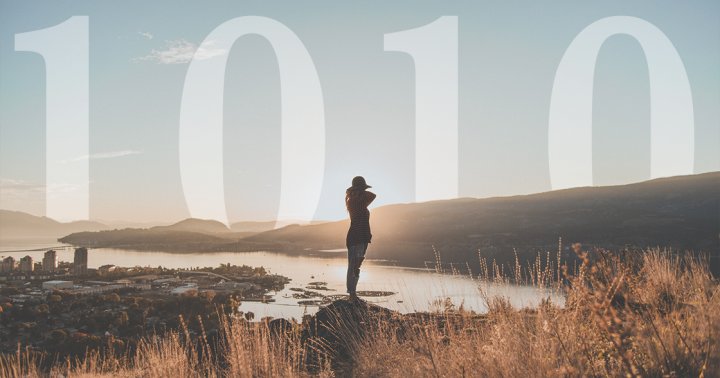
















.jpg&h=630&w=1200&q=100&v=6e07dc5773&c=1)
